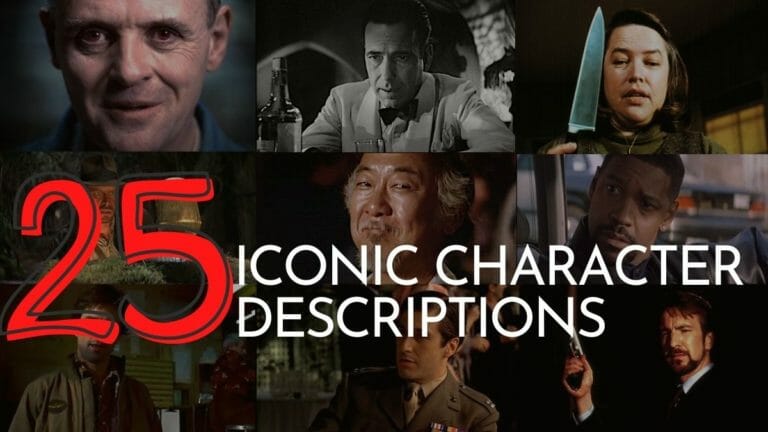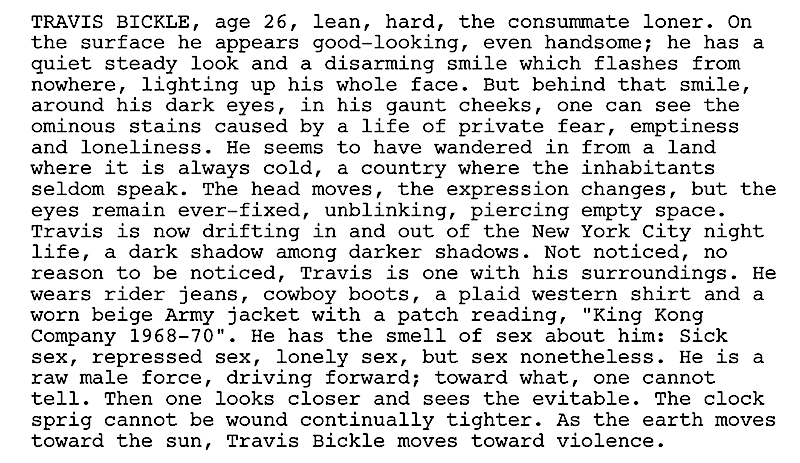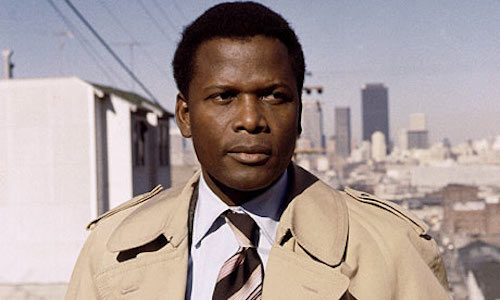By Ken Miyamoto · September 28, 2020

How do you write a character description in a screenplay? It’s a simple question, with a seemingly simple answer, right? Well, not really. Because it turns out that there’s no one correct way to write a character description in your script. But there are some general rules that most professional writers follow. Namely, less is more.
Keep your character descriptions short, sweet, and to the point. Script readers would rather see the character’s actions and reactions throughout the screenplay define them. But if you need to find creative ways for your characters to make their entrance, you have some options. Here are 25 ways you can create well-written and creative character descriptions in your next screenplay.
Always format a CHARACTER’S NAME IN ALL CAPS. When a character first appears within the script, putting their name in CAPS allows the reader to pay special attention to that entrance. It stands out on the page. Next, put their age-range in parenthesis (30-45 years old). This lets the reader visualize the character and it helps the producer and the casting department know what age-range of actors to cast.
You are not the wardrobe department supervisor, so you don’t need to worry about going into detail about every piece of clothing the character is wearing. But you can find a fragment or sentence that describes a visual character type. Is your character wearing a hat? Are they in a slim-fitting suit? Are they in a bathrobe with a White Russian in hand? Simple visual details like an outfit help readers visualize the character.
The most creative screenwriters can craft a sentence that instantly defines what this character is about. At least, that’s the goal when the reader is first introduced to them. Readers should instantly get an impression of your characters from this single sentence description:
Rules are meant to be broken, and guidelines are just that — guidelines. So beyond these general directives character descriptions are a land of gray area. And within that gray area are some iconic cinematic characters that were described within their respective screenplays in various ways, formats, and styles. Here are twenty-five iconic character descriptions as they were first introduced. Take what you love from them and leave the rest behind as you create your own character description style.

Download the Training Day script for free here (PDF).


Download the free Misery script here (PDF).


Download Rocky script for free here (PDF).


Download Beverly Hills Cop script for free here (PDF).


Download Silence of the Lambs script for free here (PDF).

Download Alien script for free here (PDF).




Download Die Hard script for free here (PDF).


Download Raiders of the Lost Ark script for free here (PDF).


Download Pirates of the Caribbean: The Curse of the Black Pearl script for free here (PDF).




Download Star Wars script for free here (PDF).


Download The Godfather script for free here (PDF).






Download Casablanca script for free here (PDF).




Download The Terminator script for free here (PDF).




This last example from a 1967 Oscar-winning film reflects how the times have changed — and continue to change — for the better.


Learn more about Screenwriting Basics: Everything You Need to Know About CAPS!
Ken Miyamoto has worked in the film industry for nearly two decades, most notably as a studio liaison for Sony Studios and then as a script reader and story analyst for Sony Pictures.
He has many studio meetings under his belt as a produced screenwriter, meeting with the likes of Sony, Dreamworks, Universal, Disney, Warner Brothers, as well as many production and management companies. He has had a previous development deal with Lionsgate, as well as multiple writing assignments, including the produced miniseries Blackout, starring Anne Heche, Sean Patrick Flanery, Billy Zane, James Brolin, Haylie Duff, Brian Bloom, Eric La Salle, and Bruce Boxleitner, and the feature thriller Hunter’s Creed starring Duane “Dog the Bounty Hunter” Chapman, Wesley Truman Daniel, Mickey O’Sullivan, John Victor Allen, and James Errico. Follow Ken on Twitter @KenMovies